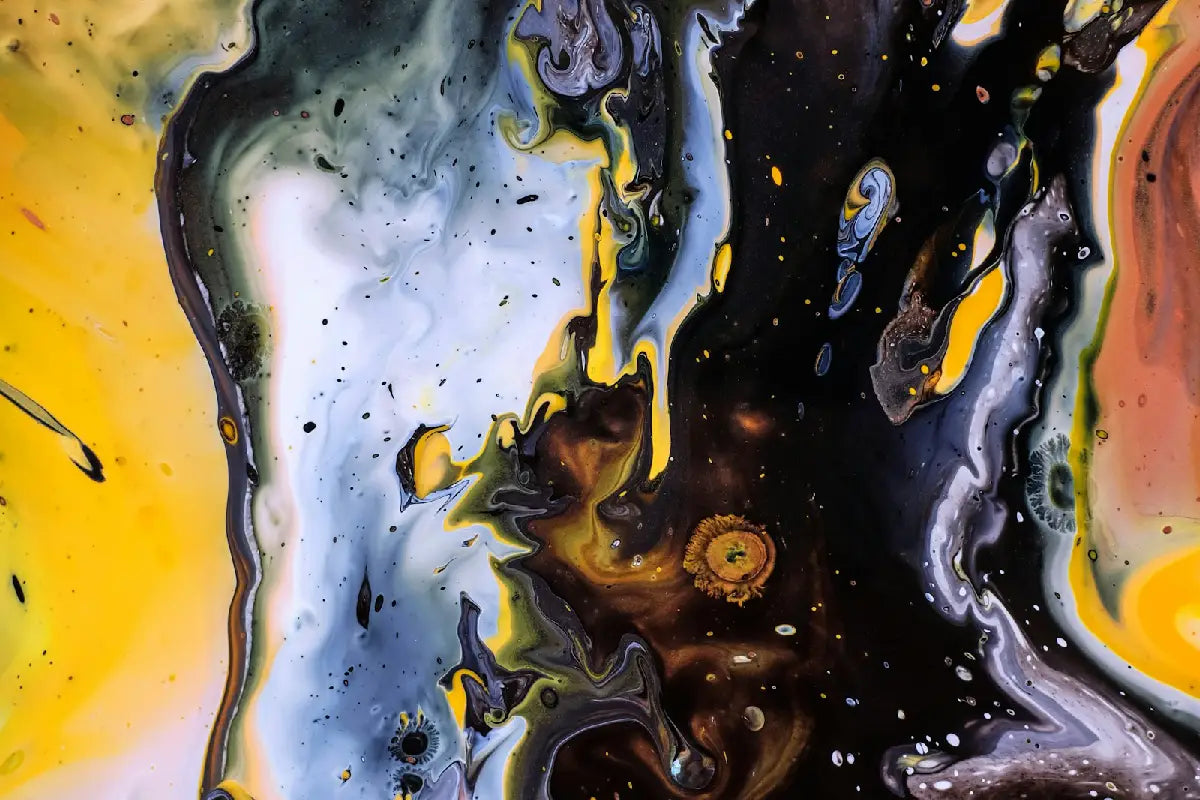
Car Door, Ironing Board and Twin-Tub with North American Indian Head-Dress
Bill Woodrow
« Car Door, Ironing Board and Twin-Tub with North American Indian Head-Dress », created by Bill Woodrow in 1981, is a striking installation artwork that melds everyday objects with cultural symbolism, characteristic of Neo-Pop Art's playful and ironic aesthetics.
Cette œuvre est actuellement protégée par le droit d'auteur et n'est pas disponible à la vente. Elle est présentée uniquement à des fins éducatives et culturelles.
À propos de l'œuvre
Description
This installation artwork by Bill Woodrow, titled « Car Door, Ironing Board and Twin-Tub with North American Indian Head-Dress », presents a thought-provoking combination of seemingly mundane objects transformed into a narrative of cultural commentary. Crafted in 1981, this piece showcases a car door, an ironing board, and a twin-tub washing machine, all integrated with the dramatic addition of a North American Indian head-dress, serving as a powerful symbol of cultural identity. The juxtaposition of everyday domestic appliances with the culturally significant head-dress invites viewers to consider the intersections between contemporary life and traditional heritage. The artist employs a minimal color palette, allowing the forms and their spatial arrangement to dominate the viewer’s experience. Each object carries its own connotations, from the car door evoking mobility and freedom to the ironing board symbolizing domesticity and everyday routine, while the head-dress introduces a layer of cultural complexity. This intricate balance between the familiar and the exotic encourages an exploration of identity, commodification, and the relationship between culture and consumerism in the modern world.
Contexte
Caractéristiques
- Title : Car Door, Ironing Board and Twin-Tub with North American Indian Head-Dress
- Artist : Bill Woodrow
- Date : 1981
- Style : Neo-Pop Art
- Genre : Installation
- Dimensions : Not specified
- Copyright : Bill Woodrow
Interprétation
À propos de l'artiste

Bill Woodrow
Artiste Certifié
13
Œuvres
Followers
Vues
Bill Woodrow est un sculpteur et peintre britannique, né le 1er novembre 1948 près de Henley-on-Thames, dans l'Oxfordshire, en Angleterre. Son parcours artistique a débuté dans les années 1970, période durant laquelle il a étudié à la Winchester School of Art, ainsi qu'à l'University of Reading. Au fil des années, il s'est distingué comme l'une des figures majeures du mouvement de la Nouvelle Sculpture anglaise, aux côtés d'artistes de renom comme Tony Cragg, Richard Deacon, Anthony Gormley et Anish Kapoor. Woodrow a gagné en notoriété dans les années...
Avis & Discussions
Discussion critique
Partagez votre interprétation de l'œuvre
Découvrez d'autres tableaux
Artistes liés

Donnez vie à vos projets artistiques
Découvrez nos solutions sur mesure et notre expertise en reproduction d art












